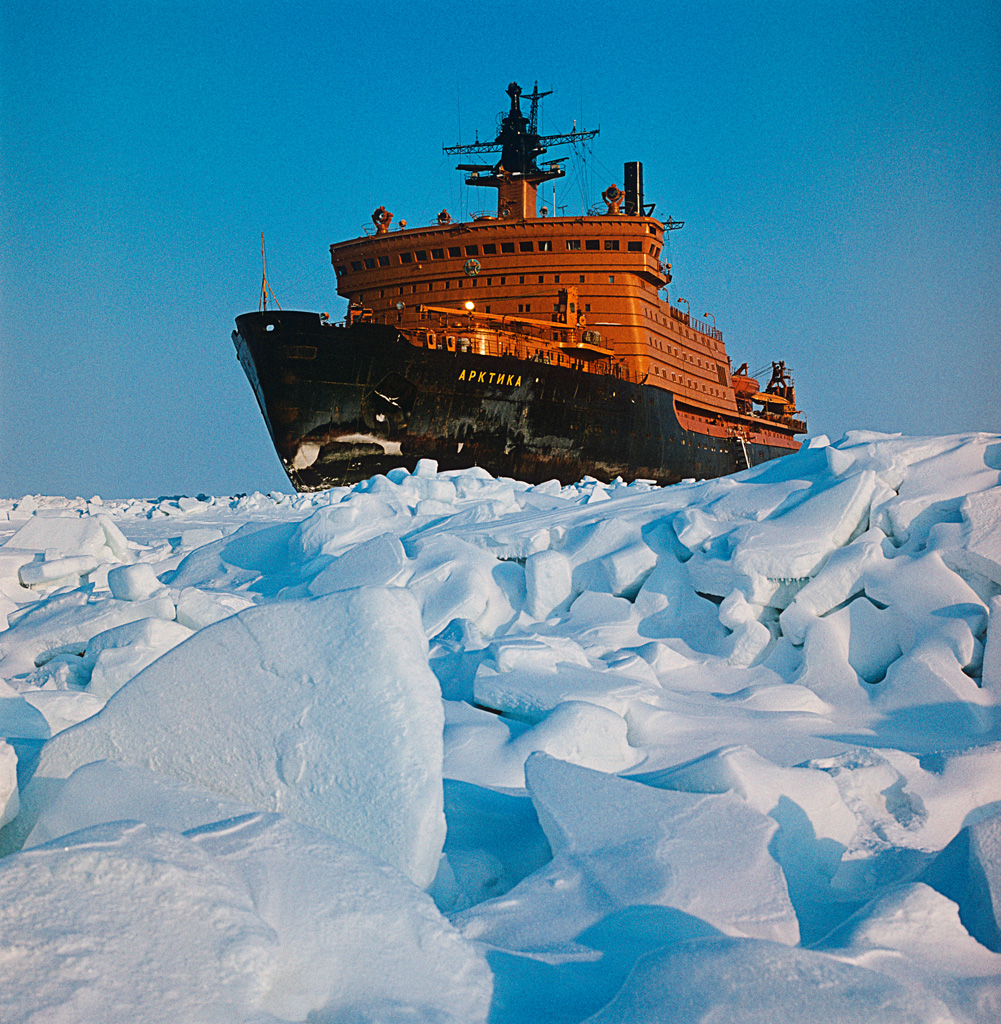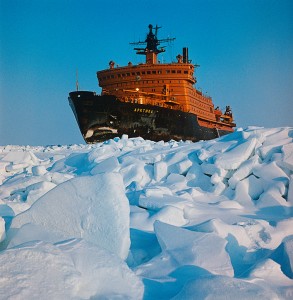
Plans to tap huge Russian Arctic oil and gas reserves still on hold
While Shell is preparing to kick off a new era of oil exploration by drilling exploratory wells off the coast of Alaska in the Chukchi and Beaufort Seas, on the other side of the world Russia is eyeing its Arctic prize. On August 2, Russian President Vladimir Putin tapped Arkady Dvorkovich to devise an incentive and tax structure for oil and gas production in the Arctic.
The American Arctic (Alaska) holds some natural gas, but a huge amount of oil. In Russia, the opposite is true – vast natural gas reserves lie offshore in the cold Russian waters. According to the U.S. Geological Survey, the two largest Russian natural gas fields alone – the West Siberian Basin and the East Barents Basin – contain about 970 trillion cubic feet of natural gas, about 58% of the total gas believed to be in the Arctic (see figure).
However, getting it out of the ground will be tricky. While melting sea ice is making access to oil and gas fields easier, formidable obstacles remain. Sea ice can still be dangerous, as can harsh storms, low temperatures, and a general dearth of infrastructure that far north. On top of that, gas is more difficult to transport than oil, requiring either liquefaction or a pipeline to get it to market.
There has been a lot of hype around the gas reserves in the Russian Arctic, but thus far production has not taken off. Due to the remote location, costs are high, making many fields unprofitable at the moment. The shale gas revolution in the U.S. has also freed up LNG that would have otherwise been consumed by American consumers, and that extra LNG has been diverted to other markets (like Western Europe), putting a damper on demand for Russian gas.
Perhaps more critical is the fact that exploration and production of the Russian Arctic remains closed off to only two Russian companies – natural gas giant Gazprom, and its oil counterpart, Rosneft – both of which are state-owned. Private companies are not allowed to develop the Arctic, even if they are Russian. Since Gazprom and Rosneft lack the technological wherewithal and financial heft to get the job done on their own, the Russian government is hoping to open up hydrocarbon exploration to international oil and gas companies. To that end, Rosneft signed a partnership with ExxonMobil earlier this year to develop Arctic resources.
The tax regime will also need reform, which is why Putin appointed Dvorkovich, who is known for favoring more privatization in the Russian economy. As it stands, the Russian government taxes oil and gas development (a large source of government revenue) to such an extent that Arctic development plans are on hold because they are not profitable. These reforms may or may not take place soon, but will likely be necessary before the Arctic bonanza begins.






